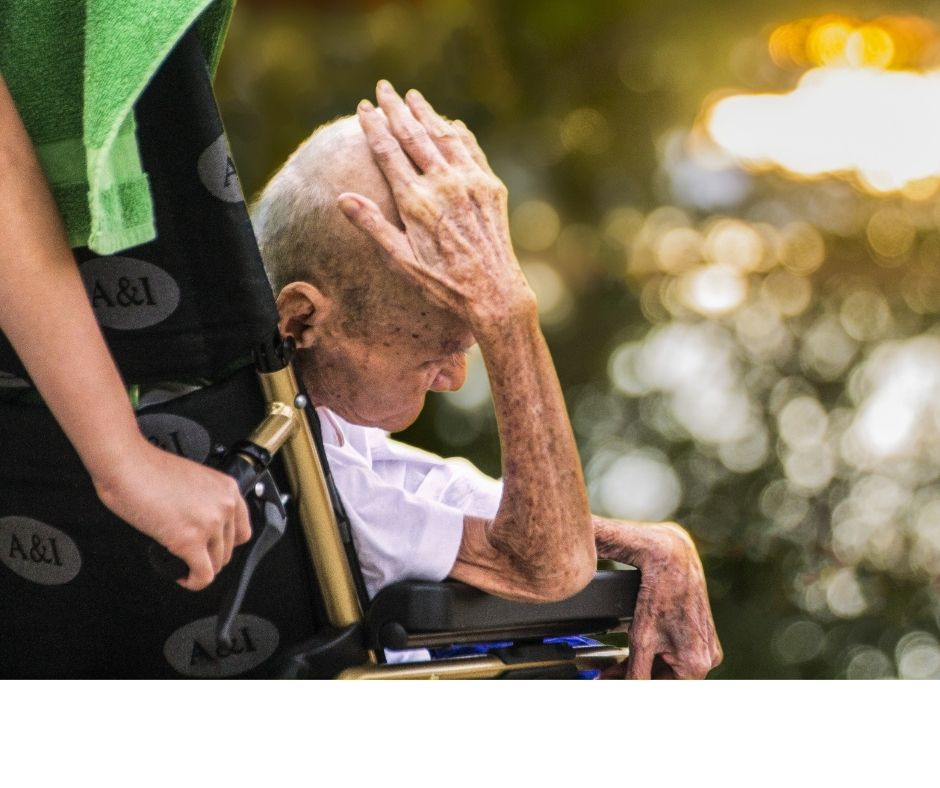iowa life insurance policy riders provisions
Organ transplants.
In some instances, the type of rider will ensure that your policy won't end if your cash value drops below a certain amount for some policies that are permanent. In other situations, it can stop the policy from lapsing or ending during the duration of the rider in the event that specific requirements for premiums are fulfilled.
Children who have life insurance are typically very affordable. The reason is that the coverage is usually minimal, and children have a statistically low risk of passing away. Specific child life insurance policies allow you to change the rider to a permanent life insurance plan for your child once the rider's term expires.



